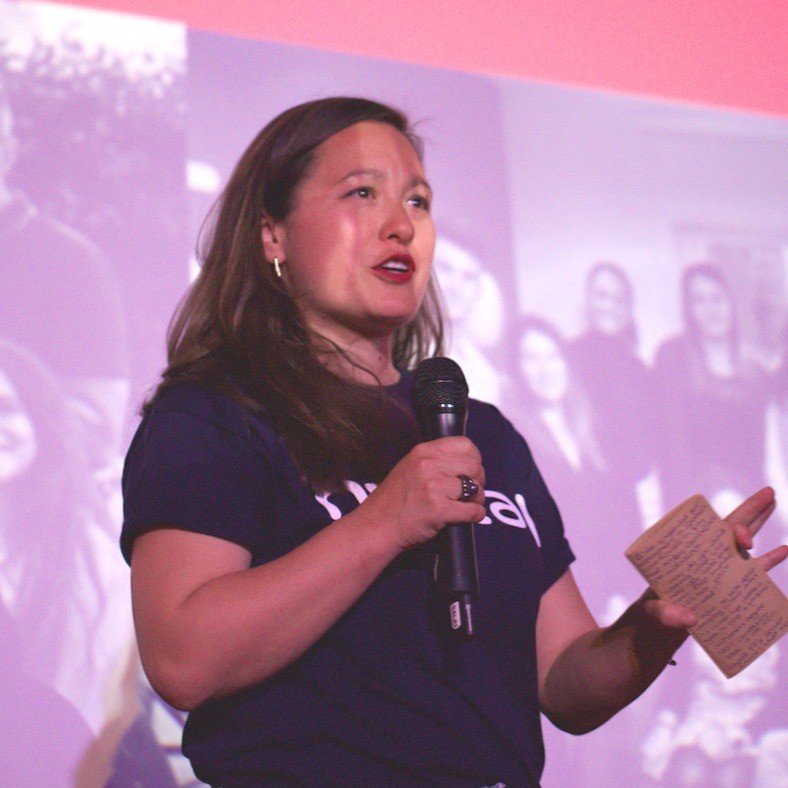Fashion industry outlook: CEO rotation reveals category growth or pain
The luxury and department store/e-commerce marketplace categories were both responsible for just over a quarter of fashion CEO changes (25.4% each). Fast fashion accounted for an additional 14.1%, according to the 2023 Nextail Fashion CEO Talent & Trends report.
Download the annual Nextail “Inside the mind of a fashion CEO: 2023 Talent & Trends” report to see the top 5 recruiting CEO recruiting trends from the last year.
Luxury grows, e-commerce & fast fashion brace for impact
The latest annual Nextail Fashion CEO Talent & Trends report found that luxury, department store/e-commerce marketplace, and fast fashion are the retailer sectors with the biggest industry opportunities and challenges, an outlook reflected in the talent that has been onboarded.
The luxury and department store/e-commerce marketplace categories were both responsible for just over a quarter of turnover (25.4% each). Fast fashion accounted for an additional 14.1%.
Luxury occupies the sweet spot in terms of fashion demand and has the strongest industry outlook moving into 2023. McKinsey expects global fashion sales growth of 5% to 10% for luxury but -2% to +3% for the rest of the industry in 2023.
The latest figures from the top fashion houses support this view. For example, LVMH boosted revenue by 19% to $19.2bn in Q3 of 2022 and Kering increased group revenue by 23% to $5bn. The performances showcase the appeal of their luxury apparel propositions and brands despite the mounting macroeconomic pressures.
Across the luxury board, newly appointed CEOs are charged with protecting that kind of growth momentum. In Italy alone, there has been a merry-go-round of CEO changes in luxury as Versace has appointed Emmanuel Gintzburger to lead its brand expansion, Alexander McQueen put Gianfilippo Testa at the helm of the brand and Emilio Pucci hired Saar Debrouwere to accelerate the label’s development.
On the other hand, fast fashion and department store/e-commerce marketplace categories are less immune from the impacts of the economic downturn than brands in the luxury segment.
The cost-of-living crisis means lower-income households, including the 20-something shoppers who make up the core market for many fast fashion and online brands, will scrutinize their spending and potentially cut back on discretionary items such as fashion, according to GlobalData.
Coupled with increased competition from the likes of Shein, there’s immense pressure on retailers to keep prices low and deliver rapidly. Furthermore, while many e-commerce brands thrived during the pandemic, online shopping has now fallen back to the pre-pandemic trend.
Online clothing sales in the UK collapsed in December 2022 (-6.1% year-on-year), capping online retail’s lowest year of growth, the IMRG Online Retail Index found. In the US, online shopping is also losing ground to in-store sales. Mastercard Spending Pulse found online sales increased by 1.1% in June 2022 versus the same month in 2021, while in-store sales increased by 12%.
Online retailers are feeling the heat. ASOS, which brought on a new CEO in 2022, has experienced a challenging start to its financial year, with revenue falling by 4.1% to £1.34bn ($1.6bn) in the four months to 31 December 2022.
New CEOs must solidify omnichannel business models
Moving forward, the focus for newly appointed CEOs in the fast fashion and department store/e-commerce marketplaces segment will be on honing their omnichannel business strategies.
The retail sector is officially taking on the hybrid business model, reports Retail Times. “The way consumers shop has radically changed once again due to a global supply chain crisis that limited product selection. Inflation and currency issues have also impacted the price of goods on a global scale. Adding to these pressures, consumer expectations have increased. Consumers are now looking for retailers to accommodate their personalized shopping preferences, both online and in-store,” it says.
Fashion leaders participating in the Nextail ‘Big Debate’ roundtable agreed. All the retailers involved in the roundtable discussion are developing omnichannel business models, which is key since data shows two-thirds of shoppers prefer a hybrid shopping experience. They are also focused on providing a seamless shopping experience across on- and offline channels.
Get a copy of the annual Nextail “Inside the mind of a fashion CEO: 2023 Talent & Trends” report for more insights and the latest leadership recruitment trends.



